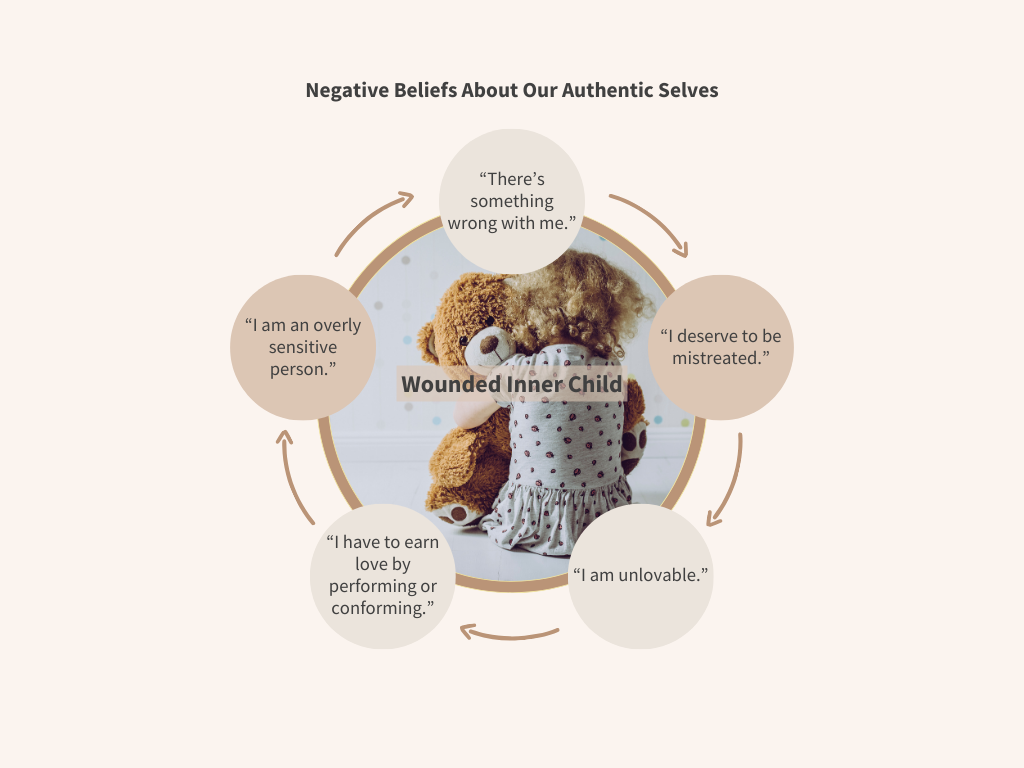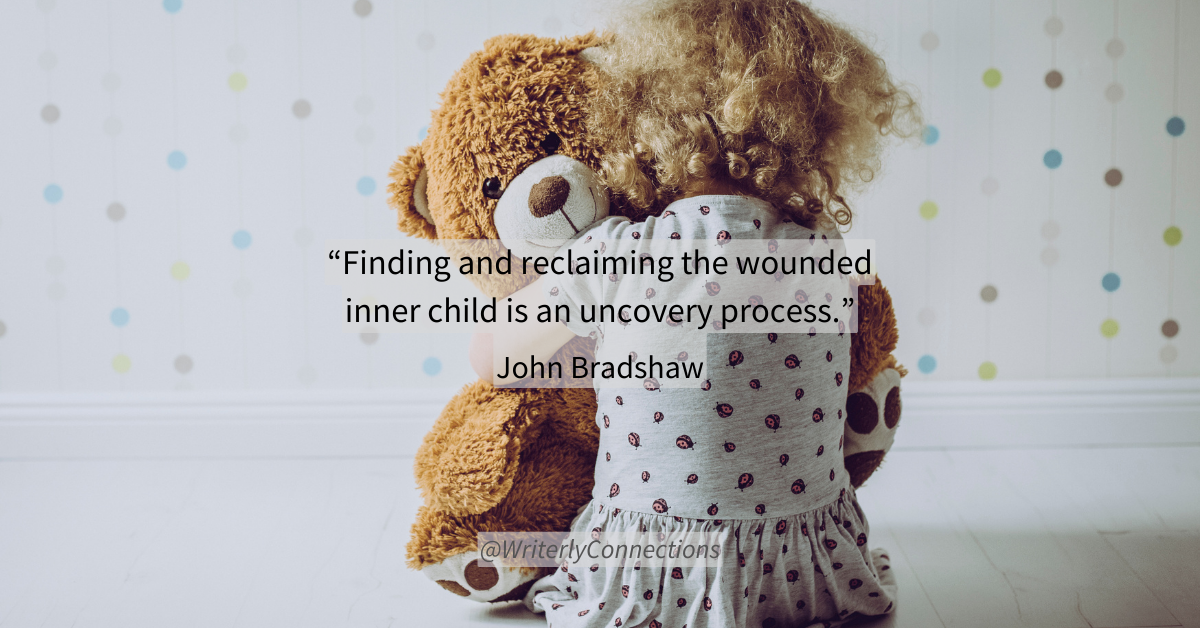Have you ever considered your inner child? Did you know that an unhealed inner child can disrupt your life through poor decision-making, unhealthy relationships, and emotional and mental struggles? The inner child cannot be physically or literally identified through scientific means; however, it represents a valid characteristic of the human mind, acknowledged in psychology as the unconscious or subconscious. The inner child embodies innocence, happiness, wonder, playfulness, and sensitivity.
I have been on a journey to reclaim and heal my inner child. If you have also experienced childhood trauma, it is important to understand that the healing process is a marathon, not a sprint. Recently, I realized that I had not fully recovered from my past, despite believing that I had. It wasn’t until I took a comprehensive course on inner child healing that I truly understood the impact of my childhood experiences on my adult life. The course covered the perspectives and practices of psychologists and psychiatrists such as Alice Miller, John Bradshaw, Eric Berne, and Carl Jung. Among all the approaches discussed, I found John Bradshaw’s approach to be the most resonant. His practical methods and step-by-step approaches, as detailed in his book Homecoming, have helped me understand how past childhood trauma affects my life as an adult and, more importantly, how to heal from it. I am learning to reparent myself and overcome negative self-talk, which has been a significant challenge for me. This form of therapy has been so impactful that I have shared the book with friends who also want to heal and reclaim their inner child.
“When emotional energy blocks the resolution of trauma, the mind itself becomes diminished in its ability to function.”
John Bradshaw, Homecoming
Understanding the Inner Child
The qualities of the inner child—innocence, happiness, wonder, playfulness, and sensitivity—are often undervalued in Western society. Consequently, we tend to suppress these qualities, leading to rejection, neglect, denial, and abandonment of the inner child. It is believed that our lack of conscious awareness of the inner child hinders our psychological development due to our disconnection from it. Although we may have grown physically, our psychological development may not have progressed at the same pace. This disconnection is socially accepted, with society encouraging us to “grow up,” “toughen up,” or “move on.”
The inner child retains childhood trauma, such as abuse, neglect, abandonment, tragic events, and enmeshment, as well as the absence of the four A’s: approval, attention, affection, and affirmation. This can have a long-lasting impact on our present lives. As adults, we might believe that we have overcome the trauma and shed our childhood selves, and we may even judge our childhood selves harshly for being sensitive or naive. However, the more we disregard our inner child, the more it unconsciously influences us. Even with good intentions, we may struggle to effectively navigate our lives due to the influence of our wounded inner child.

Trauma can cause us to reject and suppress our inner child (our true self) as it struggles to function authentically in the world. Instead, we often adopt societal coping mechanisms like “don’t show emotions,” “stay strong,” and “don’t dwell on it.” As we mature, we build barriers between our true selves and the world. These barriers are masks that enable us to function in society, aiming to shield us from further pain.
“Three things are striking about inner child work: the speed with which people change when they do this work; the depth of that change; and the power and creativity that result when wounds from the past are healed.”
John Bradshaw, Homecoming
John Bradshaw’s Unique Approach
Bradshaw’s work focused on the various developmental stages that the inner child experiences to adapt and survive. He believed that we can display signs of arrested childhood development in different ways, depending on where our traumas occurred. He developed a treatment model and wrote his book Homecoming around the concept of reclaiming the wounded inner child at each stage of development: the infant self, toddler self, preschool self, school-aged self, and adolescent self.
John Bradshaw’s experiences as a recovering alcoholic and his work in treating other substance abusers heavily influenced his practical approach to inner child healing. While his work is rooted in theory, he focused on assisting individuals in applying this theory to effectively heal from emotional and mental issues through methods, programs, and step-by-step approaches.
Bradshaw’s practical approach is evident in the way he structured his book. It begins with a “Wounded Child Questionnaire” that allows readers to directly apply the theory to their own lives. The second part, “Reclaiming Your Wounded Inner Child,” provides readers with detailed instructions on how to reclaim their inner child throughout each developmental stage. The third part, “Championing Your Wounded Inner Child,” offers additional therapeutic exercises and action steps for readers to follow. Bradshaw uses easy-to-understand acronyms, stories, and anecdotes to make the theory behind inner child work easily accessible to everyone.
“With change history, you use the potency of your adult experiences to change the internal imprints from the past.”
John Bradshaw, Homecoming
Final Thoughts
If you resonate with the concept of inner child healing and want to work through childhood fears, trauma, hurt, and anger, reading Homecoming is a great initial step. For additional support, consider checking out local support groups or finding therapists who specialize in inner child healing.
In 2016, John Bradshaw passed away, but his unique approach to inner child healing is still recognized today. Before his death, he hosted group sessions for people who wanted to reclaim and heal their inner child. One participant was quoted as saying, “It feels like a homecoming,” and that realization inspired the title of Bradshaw’s book.
The journey to reclaiming and healing my inner child is still ongoing. From what I have learned so far, I realize that I never felt truly safe as a child, and this has affected my relationships as an adult. Although there were times when I felt loved, it was never consistent, which made me feel like a burden or someone who ruined the party. The traumatic events that I witnessed and experienced have left a mark on me, but I’ve come to understand that it was neither my fault nor in my control. I was just a child. A child who spent most of her childhood worrying about the well-being of the adults in her life than they worried about hers. I also see that they probably did the best they could with the limited knowledge or experience they had at the time. And, most importantly, it wasn’t a total nightmare either. There are plenty of fond memories, laughs, and love—even if it was strained—with the pictures to prove it.
But, as many people would agree, it is the negative memories and trauma that become deeply rooted in us. We must sift through this debris if we want to be our authentic selves, which—despite what anyone may have told our younger selves—is more than enough.

